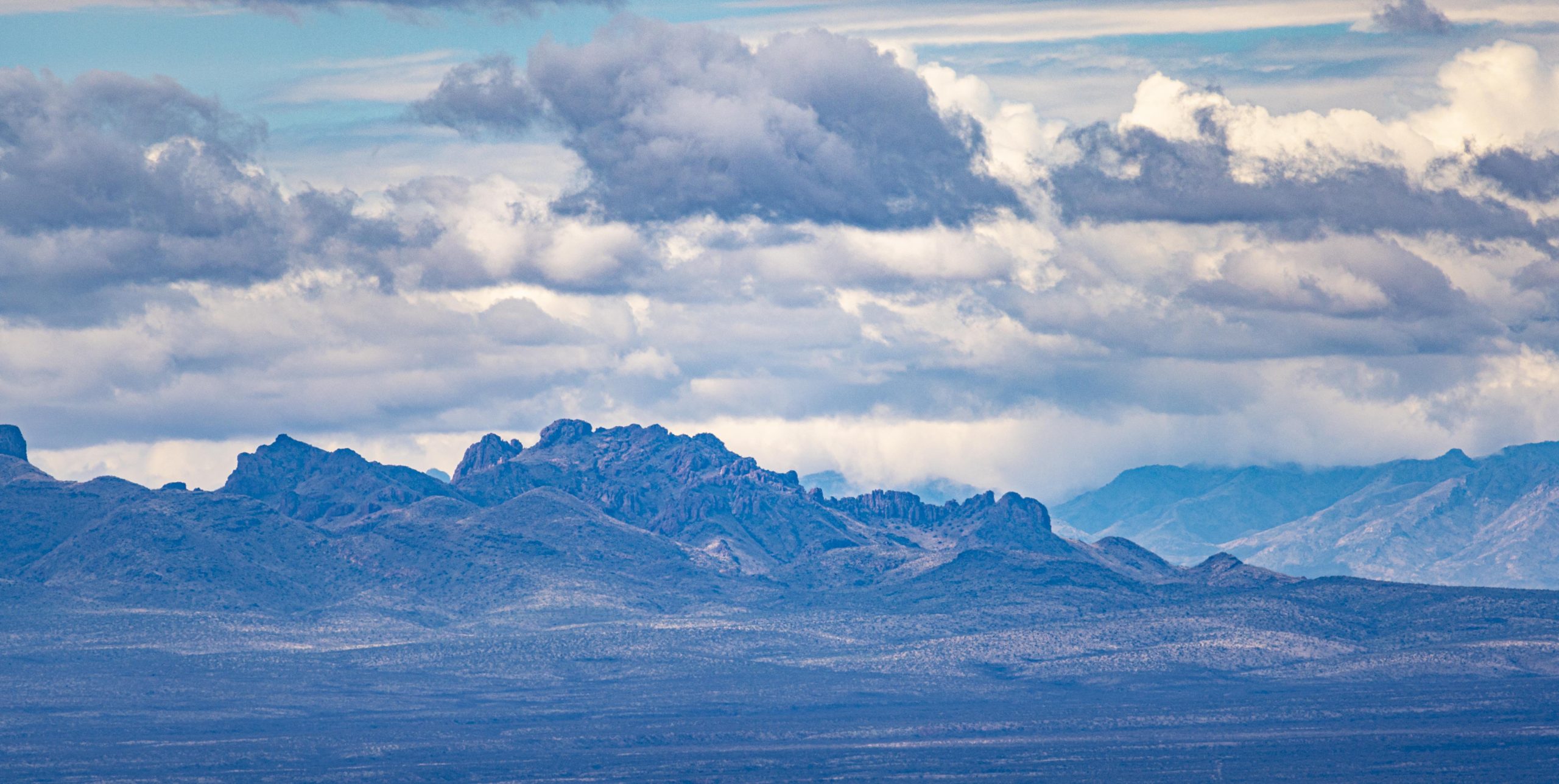On March 6, 2020 I visited Clark Crossing and discovered that an entirely new barbed wire fence blocks access to the De Anza Trail. To obtain access it will be necessary, unless you unhitch the fence at its north post, to find another way to the Trail. I will add information as I get it.
Clark Crossing Road is the trailhead for another section of the DeAnza Trail along the Santa Cruz River. It is located south of Tubac. Take I-19 south to the Tubac exit, then take the (east) frontage road south, about .7 miles. You will see a green road sign announcing “Carmen.” The parking area for Clark Crossing Road and trailhead are just a few feet beyond the sign on the left. Santa Gertrudis Lane, several miles south, is another similar trail.
Go through a gate, and then proceed east on a narrow dirt road until you find a pair of gates, one for the trail north, and another, south. The south trail is generally the most interesting and productive.
The main attraction here is that the trail offers a good chance to see green kingfisher along the river. They are seen occasionally at Santa Gertrudis Lane and at the Tubac Bridge – always along the river. Eventually I will see this bird and add some photos.
The south trail has good cottonwood habitat for sparrows, warblers, orioles, chats, tanagers, flycatchers and pretty much all the birds that migrate through or nest. The area is also good for odd winter birds like Ovenbird, Bullock’s oriole, Rose-breasted grosbeak, and a December 30, 2019 blue grosbeak. Black vultures are seen occasionally in winter.
It is a pretty easy hike. After about 1/2 mile there is a footbridge at a river crossing. That’s as far as I’ve have explored. The brown liquid in the river does not appear to have come from the Land of Sky-blue Waters.
In winter you can expect to find verdin, white-breasted nuthatch, bridled titmouse, song sparrow, ruby-crowned kinglet, Bewick’s wren, lesser goldfinch, house sparrow, Inca dove, black phoebe, red-naped sapsucker, Gila woodpecker, ladder-backed woodpecker, green-tailed and Abert’s towhee, both ravens (this will be the subject of another post) red-tailed hawks and random flyovers by ducks, egrets, gulls, and heron. The large quantity of seed heads along the trail, in fall 2019, near the first approach to the creek drew a nice variety of sparrows, finches, and the grosbeaks mentioned above.

2-25-20

12-22-19

2-25-20


12-17-19

12-17-19

12-19-19

a very late 12-30-19


1-22-20

1-8-20

OMG – the vireo pic with the devastated butterfly – wow . Another fabulous post, Eric. Can’t wait to explore these wonderful places.
Gretchen